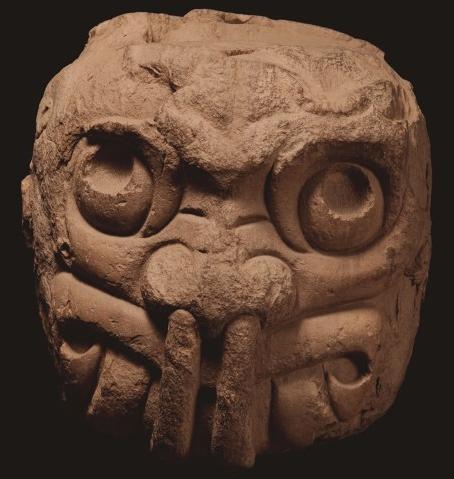The Chavin Culture
The Chavin Culture is an extinct culture that developed between 1500 and 300 B.C. in the highlands of the Peruvian Andes and its influence extended up and down the present-day Peruvian coast.
Chavin de Huantar
Chavín de Huántar is the principal archaeological site and a UNESCO World Heritage Site where many artifacts have been found.This former place of worship is one of the earliest and best-known pre-Columbian sites and is located in the Huari province, in the region of Ancash. The Chavín culture was highly skilled in construction as can be seen in the extensive drainage system built that was far advanced for its time. They were talented and influential in the arts as well, as the anthropomorphic and zoomorphic symbolic iconography that decorates the ruins demonstrates.
MALI Chavin Culture Exhibition
This Friday, April 10th, the Museum of Art in Lima (MALI) will be open in the evening for the inauguration of a new temporary exhibition about the Chavín culture of Peru. MALI is presenting the exhibition in collaboration with the Rietberg Museum of Zurich, the Swiss Ministry of Culture and the Swiss Embassy. The exhibition is also supported by the Antamina Mining Company. Important ceramics from the Chavín period as well as stone sculptures and other pieces excavated from the Chavín de Huántar archaeological complex will be on display. Informational videos and virtual reconstructions will allow guests to view the building and artistic talents of the Chavín culture in all of its splendor. The Chavín exhibition runs until August 9th, 2015.
Museums in Peru
MALI is a top museum in the center of Lima with a collection of art spanning the last 3,000 years in their permanent collection. Read about more of the best museums in Peru.
Aracari specializes in private, tailormade trips to Peru and Bolivia. Contact us for more information on visiting Lima with specialist guides.

